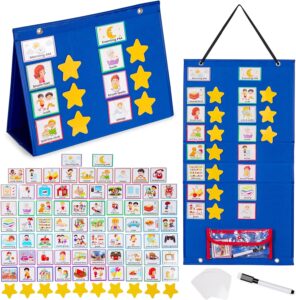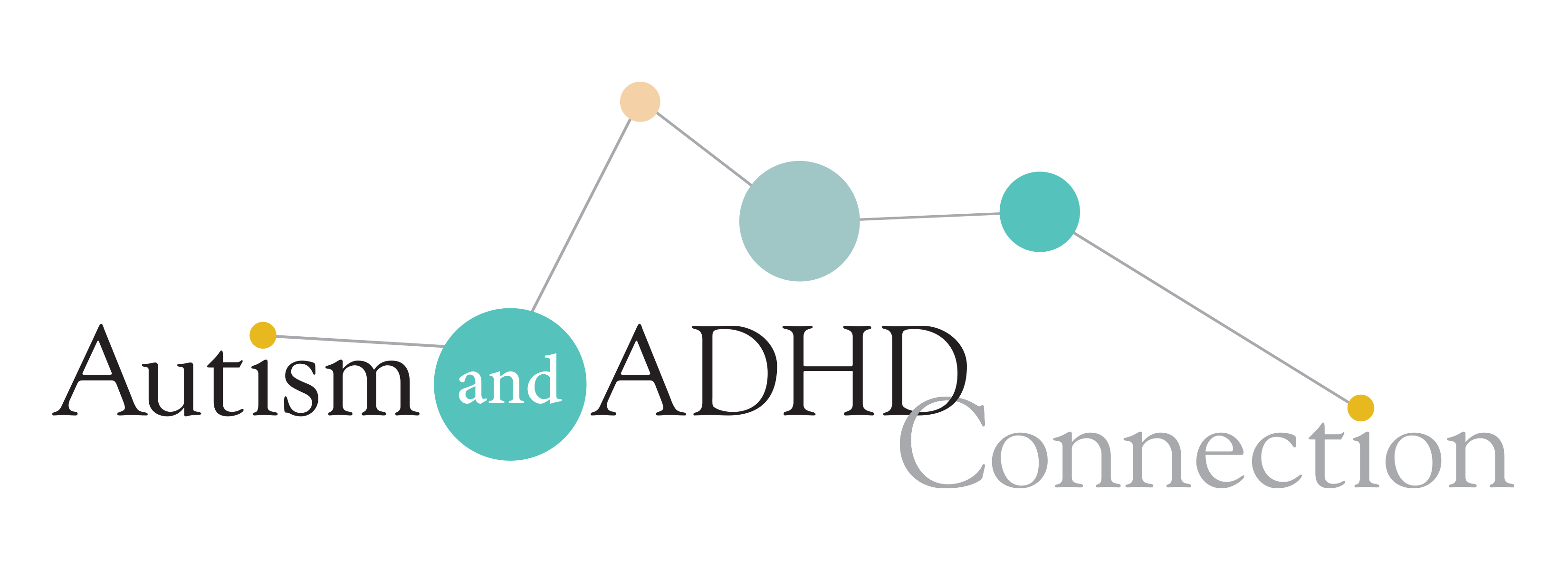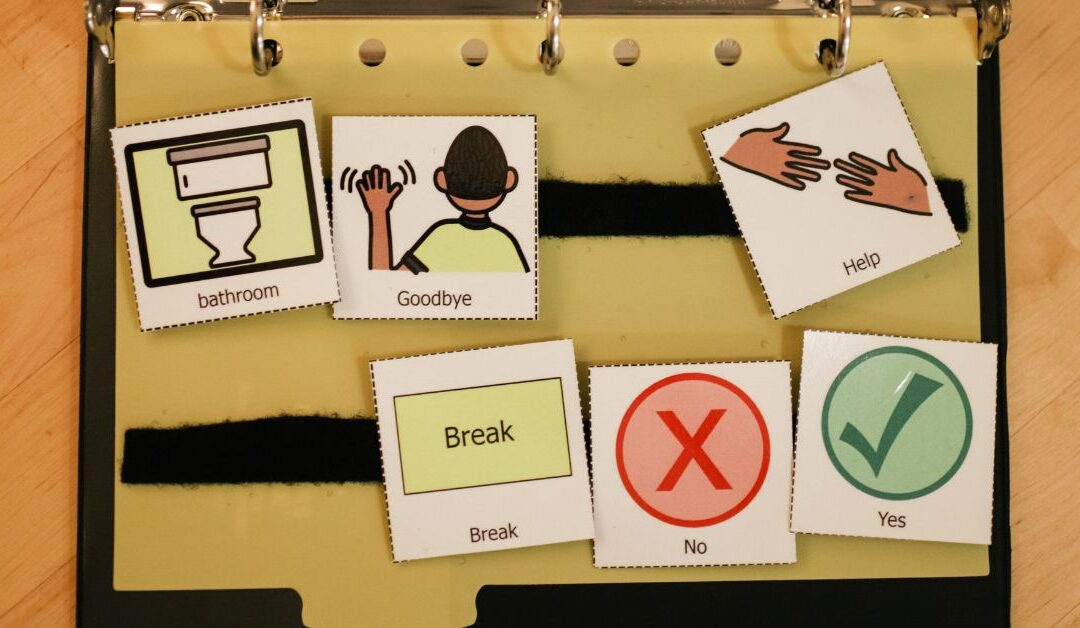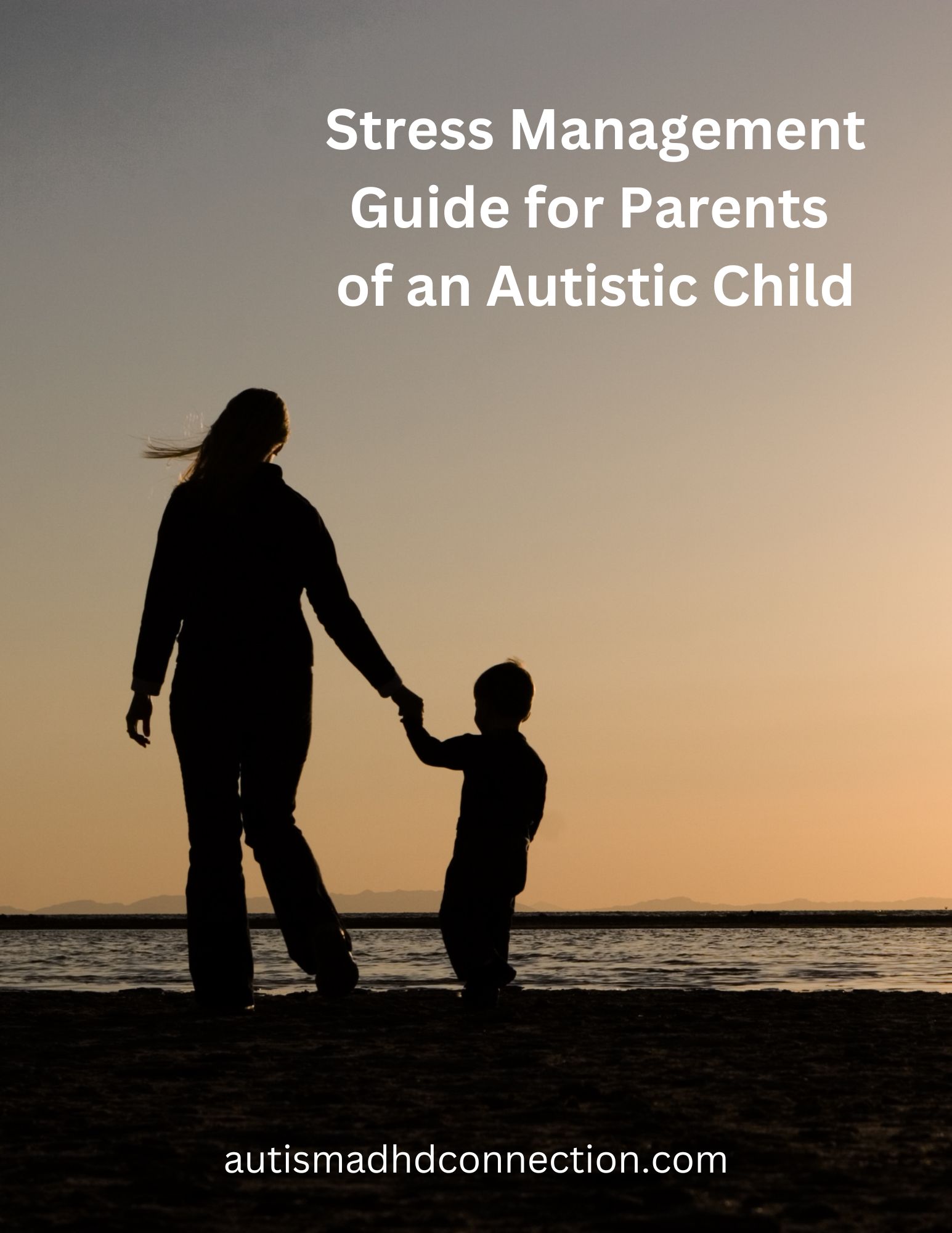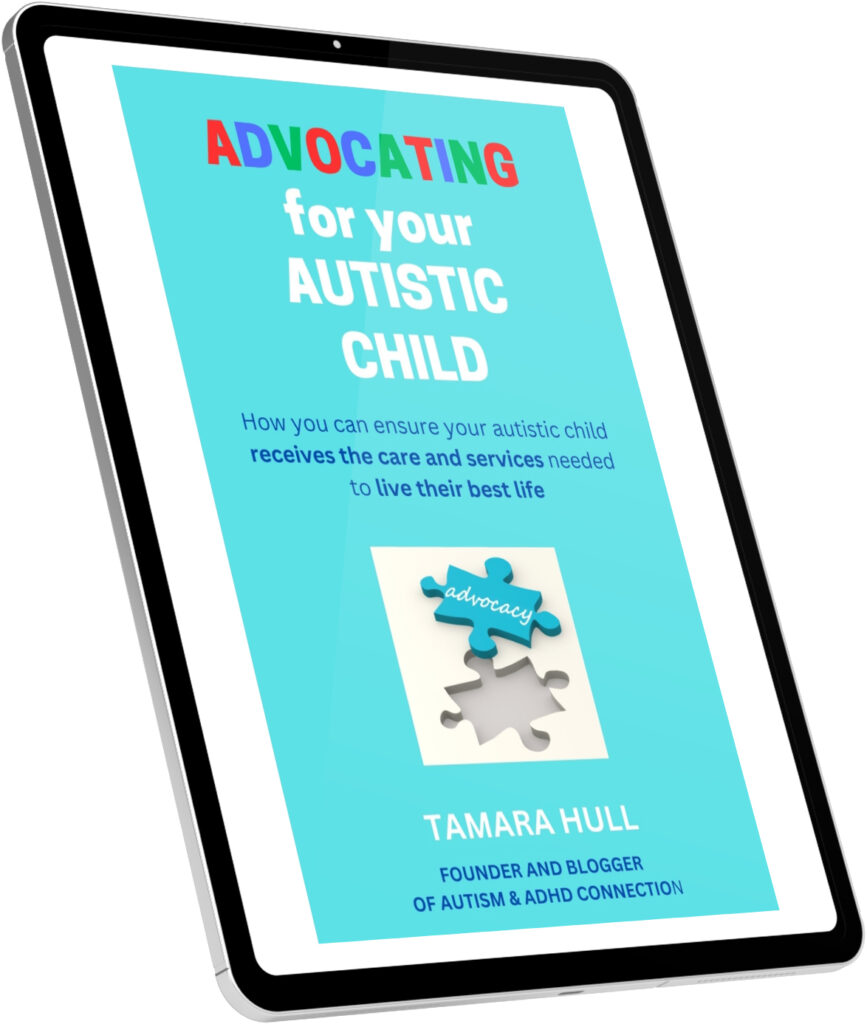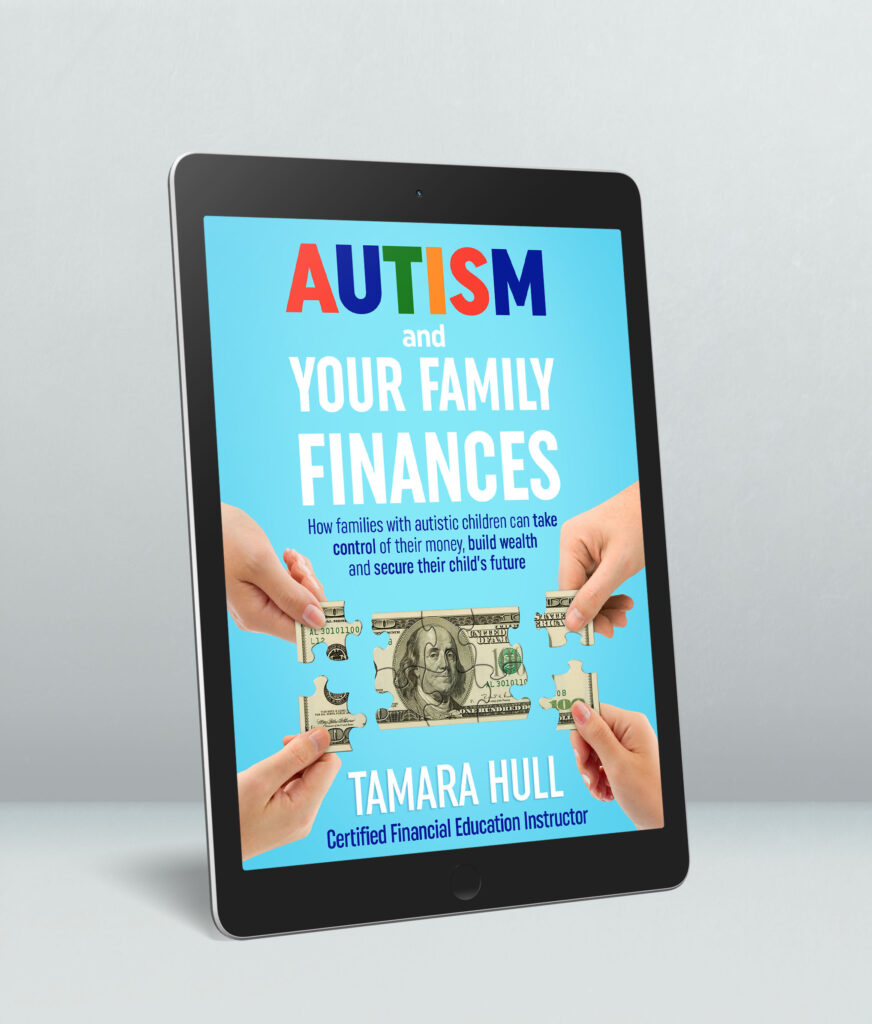If your autistic child has verbal and/or other communications challenges, a Picture Exchange Communications System, also called PECS, could be a wonderful way to enhance how your child communicates. But what is PECS and how as a parent can you find it and someone to teach you and your child how to use it?
What is a Picture Exchange Communications System?
According to the Indiana Resource Center for Autism, a Picture Exchange Communications System is “a modified applied behavior analysis program designed for early nonverbal symbolic communication training. It is not a program designed to teach speech, although the latter is encouraged indirectly, and some children begin to spontaneously use speech while enrolled in the PECS program. The PECS training program was developed at the Delaware Autistic Program. PECS training occurs during typical activities within the natural settings of the classroom and the home. The communication training occurs within a broader positive behavioral support context entitled the Pyramid Approach. Training techniques include strategies such as chaining, prompting/cuing, modeling, and environmental engineering.”
How would your autistic child use a PECS?

PECS allows for autistic children, especially those who are non-verbal, to use picture or word cards to ask questions, respond or say things.
If your autistic child is non-verbal, primarily echolalic or has limited speech abilities, PECS may be a good tool for them to use to communicate. As children use the picture cards to communicate their wants and needs, they are awarded with the items or tasks they request. This helps to facilitate better communication.
Does PECS support verbal language development?
While PECS is not specifically a speech tool, it can help encourage verbal speech. You still will need your child work with a speech therapist to develop verbal skills.
My son J was highly verbal, so he didn’t use PECS as a system. However, his speech teacher in elementary school did use elements of PECS to teach him social skills, create social stories and use the picture cards to develop visual schedules for him.
Should your autistic child work with a speech or an applied behavioral analyst (ABA) therapist using PECS?

Parents and teachers should be trained by a person who has been through a program to teach PECS. The PECS system is taught in six phases, so it is important to be trained by someone who knows how the system works properly.
The six phases include:
Phase 1: In the first phase, the facilitator and parent or teacher helps the child identify the pictures of the objects they want. Then when they have both the picture and object, the adult will say something like, “Oh, so you want [object]?” to help them better note their need or want.
Phase 2: The second phase encourages the child to select the desired picture of what they want from the communication board and show it to the adult.
Phase 3: In the third phase, the child learns to select the correct picture from multiple options of various types. If they choose the wrong one, the adult corrects them.
Phase 4: During the fourth phase, the child learns to communicate “I want” when handing the picture to the adult. This could be with verbalization or sign language.
Phase 5: In this phase, the child learns to use the pictures to answer the question of “What do you want?” by using a sentence strip.
Phase 6: In the final phase, the child acquires the skills to communicate with the pictures to answer the following questions:
- What do you want?
- What do you see?
- What do you have?
When you look at the six phases, you can understand why it’s important to have a trained facilitator teach you and your child how to use the program.
How do you find a PECS system facilitator?
If you’d like to teach your autistic child how to use the Picture Exchange Communications System, one place to start is with your child’s Special Services director and teacher at school. They may know of local facilitators through ABA centers, occupational therapists, speech therapists or others who are trained to teach PECS. Their special education teachers may also be trained to teach PECS.
You also could reach out to your state’s local chapter of The Autism Society or another local autism advocacy group to see if they have a list of facilitators in your area. Many times, they have these resource lists available for parents.
Have you tried PECS with your autistic child? What was your experience and what advice would you give other parents? Leave a comment below to share and encourage each other on this journey!
Additional resources
Want to supplement your PECS system or try a modified version? Take a look at these resources available.
Smile4autism Visual Communication Book,162 ASD Laminate Icon Picture Cards (affiliate link)
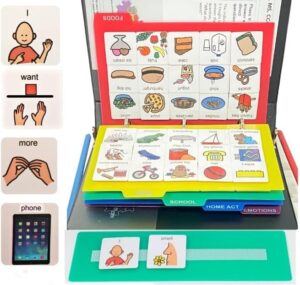
PECS® Starter Kit- Picture Exchange Communication System® (affiliate link)
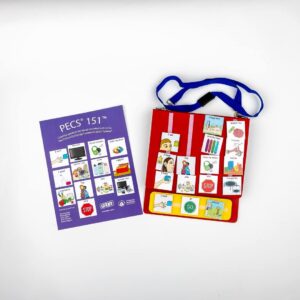
Smile4Autism Small 1.5″x1.5″ Loose Visual Picture Cards (affiliate link)

Large Kids Visual Schedule for Classroom & Home School (affiliate link)
